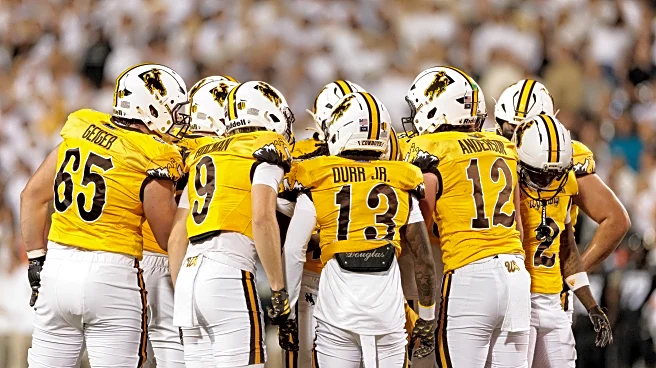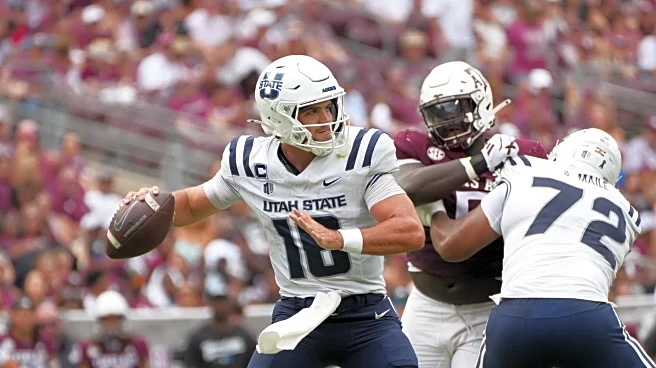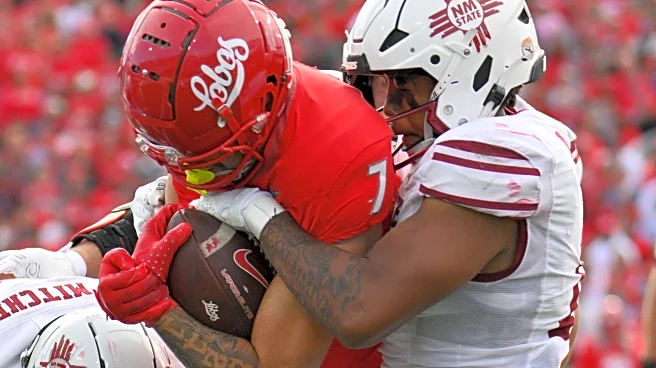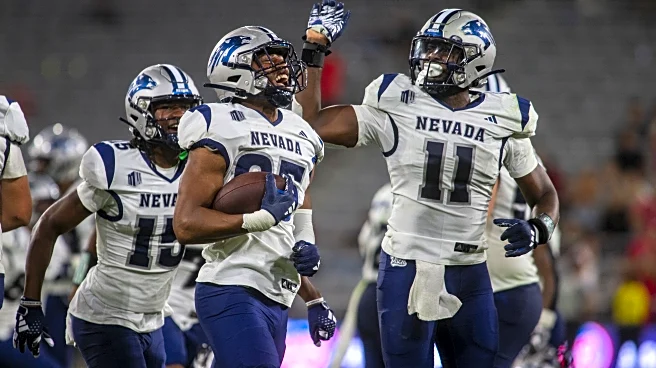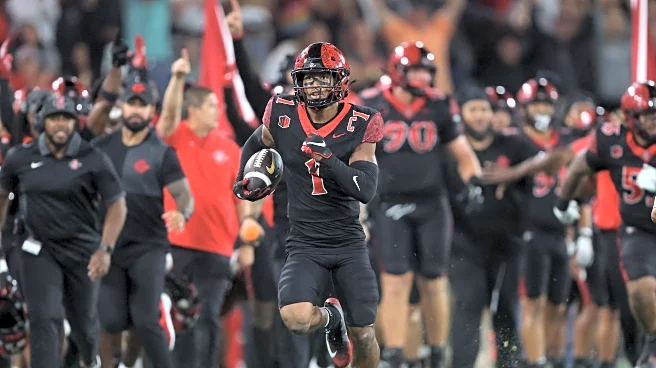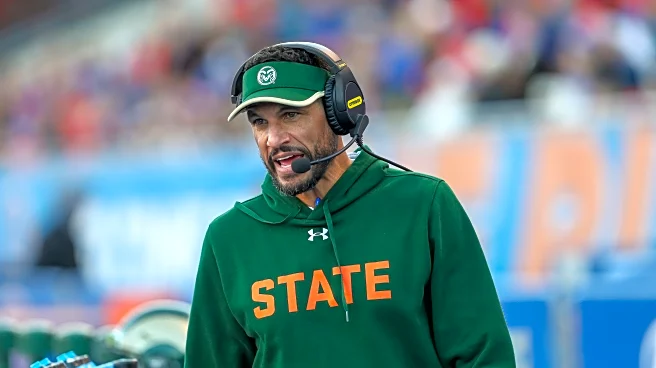Love it or hate it, but roster turnover is at an all-time high thanks to the freedom of the transfer portal. It has both benefits and drawbacks, as teams and fans alike have found out over the years.
On
the positive side of things, it allows players to look for better fits, better spots on the depth chart, or better financial opportunities. Also, it is helpful for new coaches to bring in players who fit their system immediately, with the hope of winning from the get-go. Gone are the days when teams can only bring in 25 players a cycle and, more often than not, play with short-handed rosters. Instead, players come and go at a rapid pace, and there is no guarantee that a player will even stay on the team for multiple seasons.
But rosters can also be gutted at the end of the season or even before teams are officially done playing. As many people have expressed, the frequent turnover of players has made it more challenging to cheer for individual players and harder to be invested in teams, as knowledge of the roster and the program’s success can vary greatly from year to year.
While reflecting on this, it reminded me of the paradox of the Ship of Theseus. For those unfamiliar with Greek Mythology or academic thought experiments, the idea is that Theseus’ ship was preserved and celebrated by the Athenians. They would replace the broken or decaying pieces of the ship each year before sailing it again. Eventually, the ship was no longer made up of any original parts, which prompted the philosophers to ask the question, “Is it still the Ship of Theseus? And if not, when did it cease to become so?”
This classic debate is now taking place once again, but in the realm of college football with team rosters.
College teams look vastly different from one year to the next. The transfer portal has opened the floodgates of roster turnover, turning natural attrition into a free-for-all. While it varies for every school, teams lose an average of 10-15 players every offseason. And if a head coach leaves, that number is often significantly higher.
Looking at the Mountain West team’s transfer losses for this current offseason, it’s clear that many, especially those that lost head coaches, also lost dozens of players from last season’s roster. While five of the twelve teams came in below the fifteen-player mark, the rest suffered a worse fate. Specifically, New Mexico (37 players), UNLV (33), and Utah State (38) all have to replace around 33% of their rosters from last season, and that’s not even including their coaches.
With new players, new coaches, and new schemes, it’s fair to question what is the same from one year to the next, other than the name and jerseys (the latter has also been known to change). For instance, the Lobos began to gain momentum in 2024, winning five games and competing for a bowl berth during the final week of the season, thanks to a dynamic offense. But after the coaching staff and many of the players jumped ship (pun intended), the 2025 season is likely to be picked last in the conference because they once again have to start from square one. Likewise, the Rebels went to back-to-back conference championship games, in large part thanks to the previous coaching staff utilizing the transfer portal successfully, producing their best two-year period in decades. However, following another coaching change, UNLV’s new team lacks continuity. They could be just as good, they might be better, or they might be worse. But they are more of a wildcard heading into the season rather than a known commodity.
What is the tether connecting a program from year to year? And it invites the debate: how invested can fans be when a team looks completely different year to year? Is the team they cheered for in past seasons anything like the team preparing to play in the coming season? And if not, should they still have an interest in the team?
One side of the argument may say that roster turnover has always been a part of college football, as players are guaranteed to leave at least every four or five years. Despite this, people can continue to be fans of programs even as players graduate or move on to their next destination. Returning to the metaphor, a ship constantly needs maintenance, and replacing parts is common, but it is still the same ship overall.
The other side of the debate would state that when the roster churn is occurring to this degree every year, there is no opportunity to get attached to players and have them leave their mark on the program, and thus, fans are less invested as well, emotionally and financially. Following the metaphor, if the masthead, rudder, and main deck need to be replaced every year, is it worth continuing to put money into the ship? Do they even like what the ship has become?
The Ship of Theseus Paradox is a great academic discussion because there is no clear answer. However, that doesn’t mean it isn’t frustrating. The same holds true with the discussion swirling around the roster turnover because of the transfer portal. If some fans continue to support the program because it is “their team,” regardless of who is on the roster or how long they stay, that’s great. If other fans are losing interest and want “their team” to win but have a hard time following the ins and outs of the program and no longer wish to support them financially, that’s understandable as well. Unfortunately, it’s the current reality of the sport. As there is no clear answer to whether or not the ship is still the Ship of Theseus, there is no easy resolution to the roster turnover dilemma and how fans react to it.

